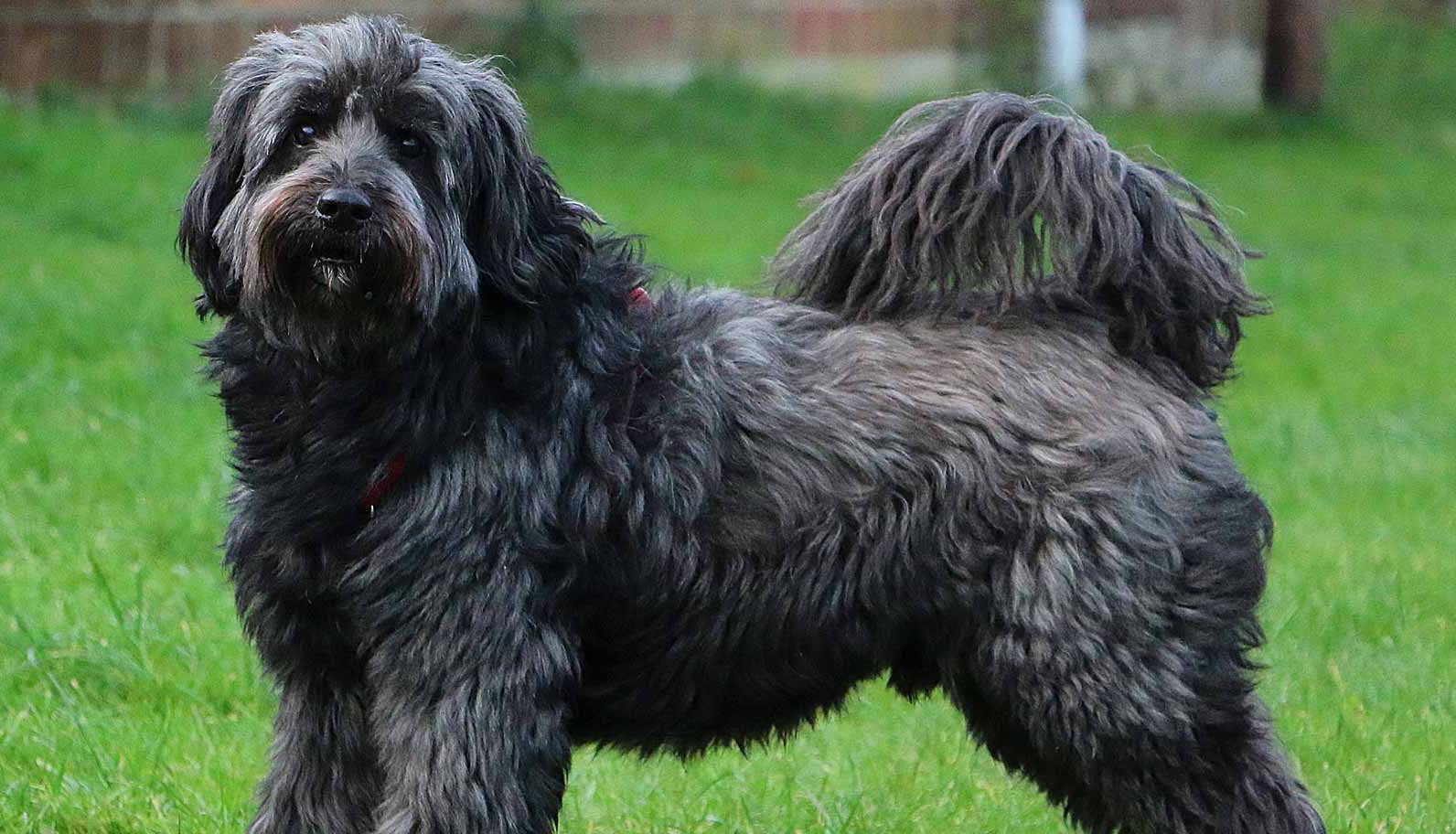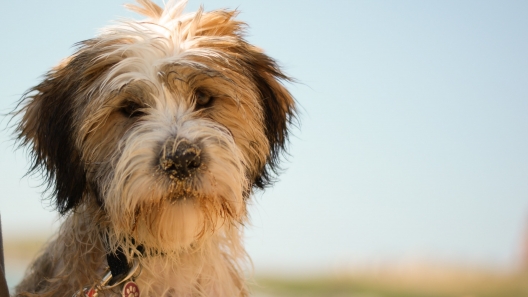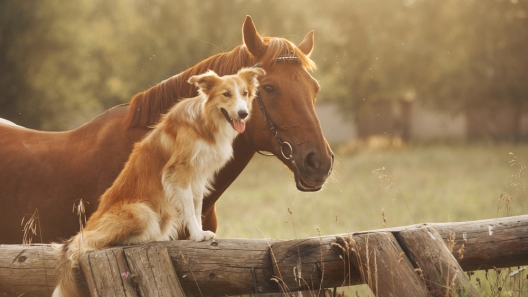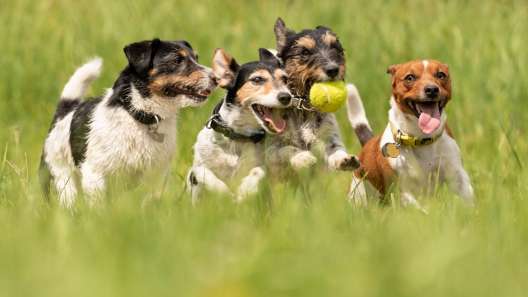-
Activity Level:
high
-
Shedding Level:
moderate
-
Grooming Level:
high
-
Trainability:
moderate
-
Good for Novice Owners:
moderate
-
Adaptability:
high
-
Kid/Pet Friendly:
often
-
Prey Drive:
low
-
Watchdog:
aware
- Average Size: Small
- Average Lifespan: 12-16 years
- Registered?: aca, akc
Tibetan Terrier Dog Breed Information
Overview
Temperament
Adaptability
Health
Owner Experience
Grooming
Activity Level
Size
Life Span
Did You Know?
As their name suggests, the Tibetan Terrier originated in Tibet thousands of years ago. These dogs served several purposes in Tibet. Not only were they often kept as mascots, companions, and good luck charms, but Tibetan Terriers were also working dogs. They could often be found working as herding dogs, watchdogs, and for retrieving articles that fell down the sides of mountains. These dogs were so highly prized that they were considered the “Holy Dogs of Tibet”. With this elevated status, the dog breed was never sold – they were only gifted by monks.
Although they are called a terrier, they are not a member of the Terrier Group. They acquired the terrier name from European travelers to the region who thought they resembled other known terrier breeds. An English doctor who performed a successful operation in Tibet received a Tibetan Terrier as a gift. She is credited with bringing the first dog of the breed to Europe in 1922. From there, the breed gained popularity. Tibetan Terriers first came to the United States in 1956 and the AKC recognized the Tibetan Terrier in 1973 as part of the Non-Sporting Group.
Tibetan Terriers are quintessential companion dogs that also happen to be skilled at working as well. They tend to be amiable, affectionate, and friendly. They are sensitive souls that are in-tune with their owners. They also tend to get along well with older children.
Due to their watchdog background, they tend to be wary and suspicious of strangers, but are not known to be aggressive or shy towards them. They also have an assertive bark and will let you know when someone is coming onto the property, but they do not tend to bark excessively unless they have been trained into it.
This dog breed is highly adaptable. As long as they get enough exercise, they are happy in apartments as well as larger homes with space to run. The Tibetan Terrier also does well in most climates. Their coat is built to keep them warm, so cold is generally not an issue.
As with most dogs, they are sensitive to heat and to extreme temperatures. Although they have a working dog background, they are also sensitive companion dogs. So, they thrive on affection and time with their favorite humans and means they don’t like to be left alone for long periods of time.
Although the Tibetan Terrier is a relatively healthy dog breed, there are some potential health conditions to be aware of. Some of these potential health issues include patellar luxation, hip dysplasia, cataracts, progressive retinal atrophy, and heart murmurs. They may also have allergies to wheat, grains, and dairy. Talking to the breeder about the genetic history of the parents and asking to see relevant health clearances and tests can help allay potential health concerns.
This dog breed is moderately trainable. They are highly intelligent and eager to please their owners, but they are also determined and can have a stubborn streak. For the most part, Tibetan Terriers are easy to train and respond best to positive training methods that focus on praise and rewards. A potential stubborn streak could trip up first-time dog owners, but puppy training and obedience classes can help.
Tibetan Terriers have a double coat. The undercoat is dense and warm while the topcoat resembles the texture of human hair. These dogs also do not shed like most other dogs. Instead, they tend to “lose” loose hair in the same ways humans do. They do have a major shedding event at around nine months old as they transition into their adult coat.
Their fur also has a long growth cycle and will continue to grow into a long coat if not trimmed. If you want to keep your Tibetan Terrier in a shorter clip, they will need an occasional trim. If you would rather they keep a longer clip, then they will need professional grooming every 2-3 months to keep their coat healthy and maintained. Their coat is also prone to tangles, which can lead to painful matting if not cared for properly. Brushing your Tibetan Terrier a few times a week or every day will help keep their fur tangle-free and prevent mats from forming.
In addition to coat care, you will also need to care for your Tibetan Terrier’s ears, nails, and teeth. If you’re making frequent trips to the groomer, they can help you with some of this, but you’ll still need to take care of it yourself between visits. Regularly checking your dog’s ears and carefully cleaning them as needed can help prevent ear infections. Monthly nail trimming is usually sufficient to keep your dog’s nails from getting too long. Finally, proper dental care for dogs can help prevent painful dental disease like gum disease, tooth decay, and tooth loss. Brushing your dog’s teeth or using an enzyme toothpaste every day is ideal for doggie dental care.
The Tibetan Terrier ranges from moderate to high energy. They enjoy daily walks, plenty of time with their owners, and some extra time to run, play, or work. Since they are sturdy little dogs, they may also enjoy hiking with you. Tibetan Terriers also tend to be great candidates for dogs sports like agility, rally, obedience, flyball, tracking, and more.
A fully-grown Tibetan Terrier usually stands 14-17 inches tall at the shoulder and weighs 18-30 pounds.
A Tibetan Terrier generally lives 12-16 years.
The Tibetan name for this dog breed is Tsang Apso. A rough translation of this refers to a shaggy, bearded dog from the Tsang province. The Lhasa Apso is considered their smaller cousin.









